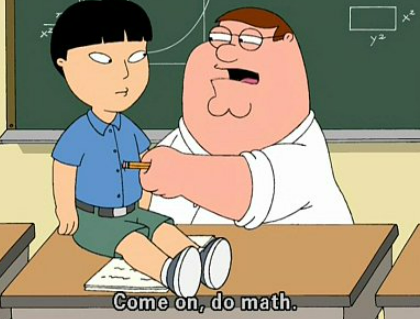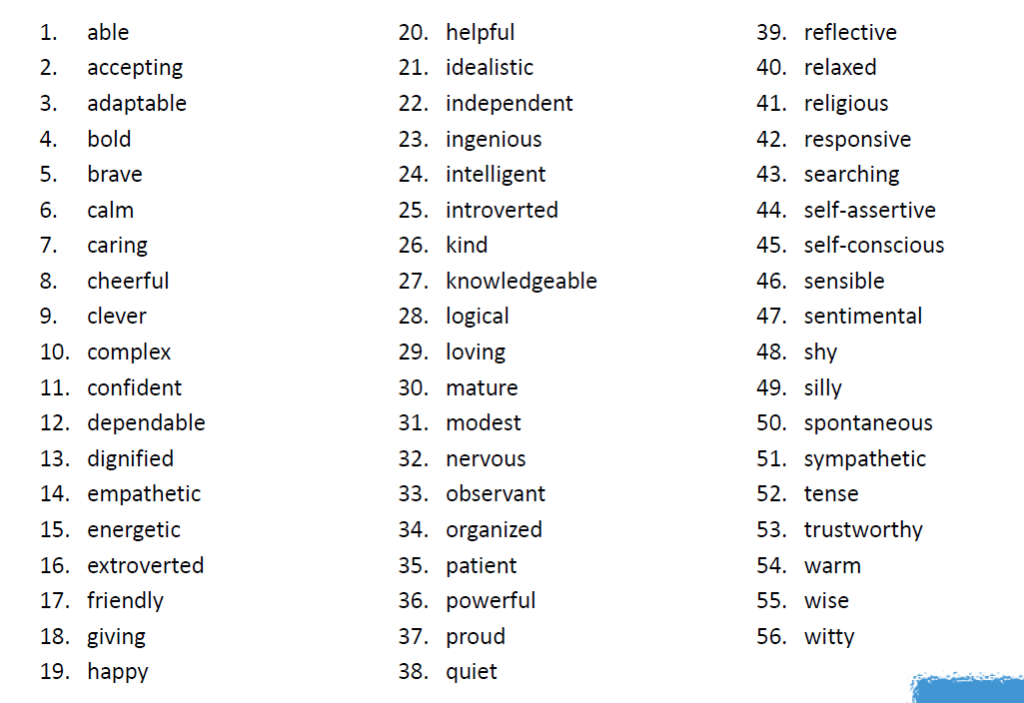Background
Robert, a director and union member, has requested an 8 percent raise for his work unit. His request is based on recent finance reports showing that his department has substantially contributed to a 15 percent profit increase for the organisation. He feels that his team should be compensated for the hard work and long hours they have put in over the last few years to achieve this outcome. Kay knows the value of Robert’s team and readily acknowledges their achievements. However, she knows that the company has plans to expand and diversify. This new project will use up the majority of the profit increase for at least the next five years. She is willing to sit down with Robert and talk about how his team can get involved in the new project. There could be new job opportunities, some overseas assignments, and possible promotions to various leadership positions within the new project. Kay has flagged this with Robert; however, he is adamant that his team needs to be compensated with a monetary increase. He went as far as threatening to get the union involved if his request is unsuccessful.
Conflict-Handling Style

There are five major styles of handling conflict which include the following:
Accommodating (Lose – win) – The needs of the other party can be met by one party, even if it places them at a disadvantage.
Avoiding (Lose – Lose) – The situation is avoided by both parties, resulting in the conflict remaining unresolved.
Competing (Win – Lose) – The interests of the other party are disregarded as one party stands firm on their desires and will not back down.
Collaborating (Win – Win) – Time and effort are taken by both parties in devising a solution that is mutually beneficial.
Compromising (Either one) – A middle ground is sought by both parties where concessions may need to be willingly made by one party in order to resolve the conflict.
What is Robert’s conflict-handling style?
Based on the above case study, the conflict handling style used by Robert can be identified as competing style. To further support my answer, let’s break it down into the following key points:
Standing firm: Despite knowing about the company’s plan to use the majority of the profits for a new project. Robert being a director, did not act in the interest of the company. Instead, he made clear that his team needs to be compensated with an eight percent raise.
Will not back until desires are met: Kay recognised the value of Robert’s team and offered alternatives opportunities such as overseas assignments and promotions within the new project. However, Robert did not even give it a thought and instead he demonstrated the lengths he is willing to go for his request to be accepted by resorting to threatening the involvement of the union.
Hence, the conflict-handling style of Robert can be classified as competing style, where he remains firm on his decision and not willing to compromise.
Bargaining approach

Distributive (Win – Lose) – It is a position based negotiation, where one is fixated on getting ‘what they want’ at the expense of the other party.
Integrative (Win – Win) – It is a interest based negotiation, where both both parties will engage in joint problem solving to find a mutually beneficial solution that satisfies both parties’ interests.
What is Robert’s bargaining approach?
Robert’s bargaining approach would be Distributive. This is further supported by the following key points:
Focuses on self gain: Being a director, Robert knows well enough that if his team were to get an eight percent raise, it will hinder the company’s budgeting on the new project. Also, Robert threatens to involve the union, further shows that Robert is fixated on getting what he wants.
Disregarding the other party: When Kay proposed new opportunities as an alternative solution to Robert’s request, Robert disregarded Kay’s proposal without even trying to come up with a mutually beneficial solution. Thus, this shows that Robert is only concerned about getting what he wants and not giving a thought to the other party. Robert’s focus on maximising gain for him and his team while is the clear indication of “winner-takes-more”. Hence, a Distributive bargaining approach which results in a win – lose situation, where if Robert and his team gets the eight percent raise (Win), the company will have tight budget for new project (Lose).
Interpersonal Communication

Interpersonal communication is the process of exchanging information between two or more people either through verbal or non-verbal methods. It be can grouped under four main aspect of communication: verbal, listening, written and non-verbal.
What aspect of interpersonal communication is contributing to the poor working environment? How is this demonstrated in the case?
They key aspect that is contributing to the poor working environment would be the listening aspect. It is seen when Kay offered alternative opportunities, Robert was dismissive of Kays’ offer as he adamant about getting monetary compensation for his team. Robert is hearing but not listening, he was too blinded by his self-centered request that it prevented him from considering the bigger picture, leading to tension in the workplace, ultimately contributing to the poor working environment.
Edward Hall’s Context Model

Using Hall’s context model (high and low context culture), describe one of the characters’ behaviour. How did you determine that?
Based on Hall’s context, Robert’s behaviour can be viewed as low-context culture. Traits from low-context culture exhibited by Robert includes:
Competitive: Robert stands firm on his desire for monetary compensation, not willing to take no for an answer.
Individualistic: Robert prioritise his team’s interests over the company’s plans for expansion.
Verbal & Explicit: Robert speaks his mind, he put his points across explicitly stating that he wants eight percent raise.
These traits aligns with the characteristics of a low-context culture, where straightforward communication, prioritising individual goals, and being competitive are deemed important.
References
Valamis (2023) 5 conflict management styles every manager must know [guide], Valamis. Available at: https://www.valamis.com/hub/conflict-management-styles (Accessed: 30 July 2023).
Quain, S. (2019) Differences between Distributive Bargaining & Integrative Bargaining, Small Business – Chron.com. Available at: https://smallbusiness.chron.com/differences-between-distributive-bargaining-integrative-bargaining-11582.html (Accessed: 30 July 2023).
Terra, J. (2023) What is interpersonal communication? skills, types, and examples: Simplilearn, Simplilearn.com. Available at: https://www.simplilearn.com/what-is-interpersonal-communication-article (Accessed: 30 July 2023).
Bansal, V. (2022) High context culture vs low context culture: Communication Design for avoiding uncertainty, TechTello. Available at: https://www.techtello.com/high-context-culture-vs-low-context-culture/ (Accessed: 30 July 2023).





























